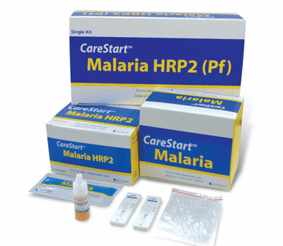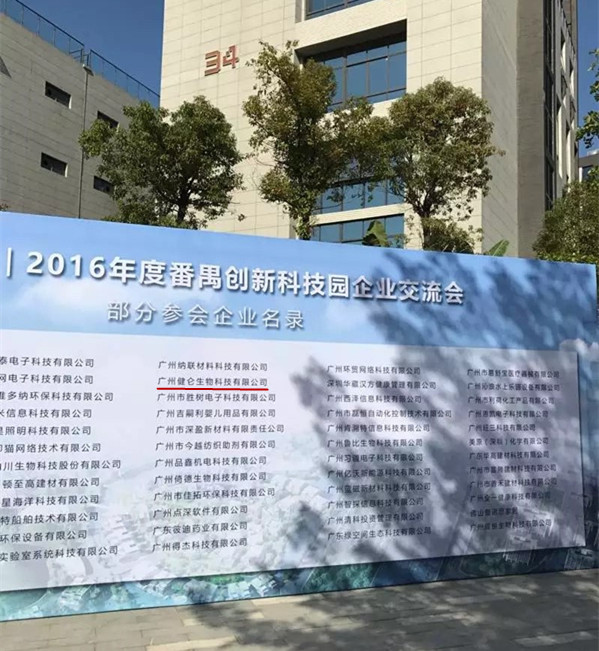


|


| 产地 | 澳洲 |
| 品牌 | Cellabs |
| 货号 | CL0128 |
| 保存条件 | 2-8℃ |
| 保质期 | 12个月个月 |
衣原体Chlamydia酶联免疫法ELISA 检测试剂
广州健仑生物科技有限公司
悉尼隐孢子虫酶联免疫法ELISA检测试剂 我司还提供其它进口或国产试剂盒:登革热、疟疾、流感、A链球菌、合胞病毒、腮病毒、乙脑、寨卡、黄热病、基孔肯雅热、克锥虫病、违禁品滥用、肺炎球菌、军团菌、化妆品检测、食品安全检测等试剂盒以及日本生研细菌分型诊断血清、德国SiFin诊断血清、丹麦SSI诊断血清等产品欢迎致电。
欢迎电话咨询13802525278
欢迎QQ咨询2042552662
沙眼衣原体诊断试剂盒(ELISA法)
沙眼衣原体诊断试剂盒(ELISA法)
衣原体Chlamydia酶联免疫法ELISA 检测试剂
衣原体Chlamydia酶联免疫法ELISA 检测试剂
微信二维码扫一扫
【公司名称】 广州健仑生物科技有限公司
【联系电话】 13802525278 020-82574011 杨永汉
【公司传真】 020-32206070
【腾讯 QQ 】 2042552662
【公司地址】 广州清华科技园创新基地番禺石楼镇创启路63号二期2幢101-3室
【企业文化】




接触疫水的时间长短和次数成正比。有时因饮用疫水或漱口时被尾蚴侵入口腔粘膜受染。(三)易感性 人与脊椎动物对血吸虫普遍易感,流行区以学龄儿童及青少年感染率*,以后逐渐下降,此与保护性免疫力有关。疾病相关编辑发病机理血吸虫尾蚴,童虫和虫卵对宿主产生机械性损伤,并引起复杂的免疫病理反应。尾蚴穿透皮肤时引起皮炎,皮炎仅发生于曾感染过尾蚴的人,是一种速发型和迟发型反应。尾蚴性皮炎对童虫在皮肤内的破损有一定的促进作用,是宿主的获得性免疫对再感染的反应。童虫在体内移行时,对所经过的,主要是肺脏,引起血管炎,毛细血管栓塞、破裂,出现局部细胞浸润和点状出血。患者可表现为咳嗽、咯血、发热,嗜酸性粒细胞增多等。童虫移行时所致损害与虫体代谢产物引起的反应有关。成虫的代谢产物可形成免疫复合物,引起全身反应与局部血管损害及组织病变;寄居于门静脉系统,可引起轻度静脉内膜炎与静脉周围炎;死虫可随血流入肝,在栓塞处引起周围组织炎。血吸虫感染可导致整体免疫功能的下降,从而加剧伴发疾病的发展或并发感染。在虫卵周围出现细胞浸润,形成虫卵肉芽肿。肉芽肿的形成和发展过程与虫卵的发育程度有密切关系。当虫卵尚未形成毛蚴时,周围的组织可仅有轻度反应,卵内毛蚴成熟后,由卵分泌的酶、蛋白质及糖等可溶性抗原引起肉芽肿反应。肉芽肿的发展与虫卵的发育过程一致,开始局部渗出与增生反应逐渐增强,虫卵变性钙化后,肉芽肿开始退化形成纤维瘢痕组织。此反应既有助于破坏和清除虫卵,又可使虫卵抗原局限化,减少对全身影响。肉芽肿可影响宿主的肝肠组织,造成肝硬化与肠壁纤维化。目前认为,在虫卵可溶性抗原激下,宿主产生相应的抗体,抗原抗体在虫卵周围形成复合物,引起局部反应,是日本血吸虫形成肉芽肿的主要机理。另一方面,肉芽肿反应有助于破坏和清除虫卵,并使虫卵渗出的抗原局限于虫卵周围,以减少和避免抗原抗体复合物引起全身性损害。随着感染过程的发展,肉芽肿的反应强度逐渐减弱,由于宿主的免疫调节,对虫卵的破坏能力持续增强,起着保护宿主的作用。人对血吸虫无先天免疫力,可能具有保护性免疫力。
The duration of exposure to water is proportional to the number of times. Sometimes it is infested by the cercariae when it is swallowed or when it is swallowed. (3) Susceptibility Humans and vertebrates are generally susceptible to schistosomiasis. The prevalence of infection among school-age children and adolescents is highest in endemic areas and gradually declines afterwards, which is related to protective immunity. Disease-associated editing Pathogenesis Schistosomiasis cercariae, schistosomiasis and eggs produce mechanical damage to the host and cause complex immune-pathological responses. When the cercaria penetrates the skin, it causes dermatitis. The dermatitis occurs only in people who have infected the cercariae. It is an immediate and delayed type reaction. Caudal dermatitis has a certain role in promoting the breakage of schistosomula in the skin, and is the response of the host's acquired immunity to reinfection. When the larvae migrate in the body, they mainly pass through the lungs, causing vasculitis, capillary embolism, rupture, and local cell infiltration and spotting. Patients may present with cough, hemoptysis, fever, eosinophilia, etc. The damage caused by the migration of schistosomiasis is related to the reaction caused by the parasite metabolites. Adult metabolites can form immune complexes, causing systemic reactions and local vascular lesions and tissue lesions; living in the portal vein system, can cause mild endocarditis and perivenitis; dead insects can flow into the liver with blood, in the embolism Causes inflammation of the surrounding tissue. Schistosomiasis infection can lead to a decrease in overall immune function, which exacerbates the development of concomitant diseases or concurrent infections. Infiltration of cells around the eggs forms egg granuloma. The formation and development of granuloma are closely related to the degree of development of the eggs. When the eggs have not yet formed trichomes, the surrounding tissues may have only mild reactions. After the pods mature in the eggs, granuloma reactions are caused by soluble antigens such as enzymes, proteins, and sugars secreted by the eggs. The development of granuloma is consistent with the development process of the eggs, and the local exudation and hyperplasia reactions gradually increase. After calcification of the eggs, the granuloma begins to degenerate to form fibrous scar tissue. This reaction not only helps to destroy and eliminate eggs, but also makes the eggs antigens localized, reducing the impact on the whole body. Granuloma can affect the host's liver and intestinal tissue, resulting in cirrhosis and fibrosis of the intestinal wall. At present, it is believed that under the stimulation of eggs soluble antigens, the host produces corresponding antibodies, antigens and antibodies form complexes around the eggs, causing local reactions, which is the main mechanism of granuloma formation by Schistosoma japonicum. On the other hand, the granulomatous reaction contributes to the destruction and elimination of the eggs, and confines the oozing of the eggs to the eggs, in order to reduce and avoid systemic damage caused by antigen-antibody complexes. With the development of the infection process, the intensity of granulomatous reaction is gradually weakened. As the host's immune regulation, the ability to destroy the eggs continues to increase, playing a role in protecting the host. Humans have no innate immunity to schistosome and may have protective immunity.